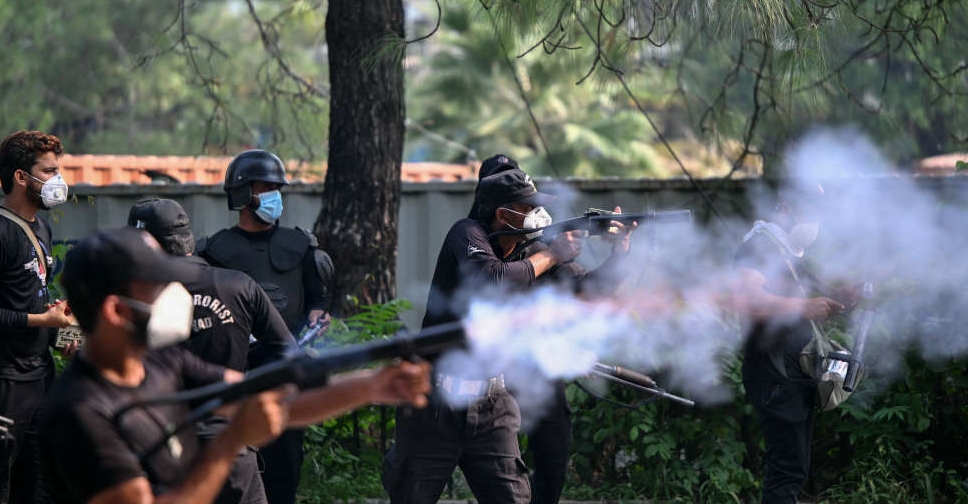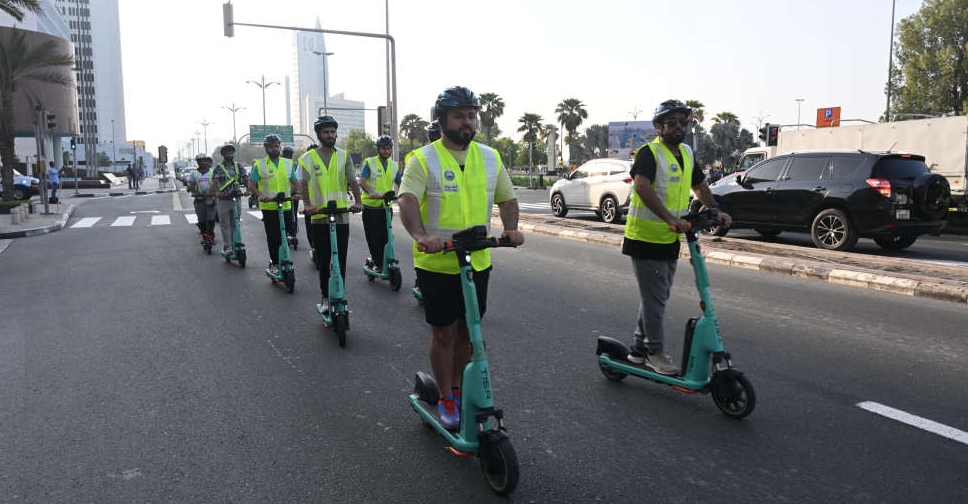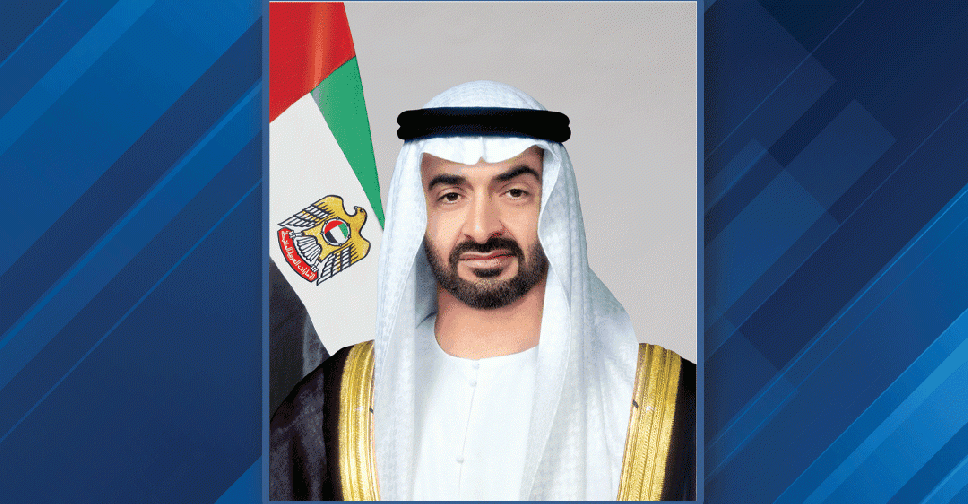
Crews in Baltimore set off controlled explosions to enable them to remove a portion of the collapsed Francis Scott Key Bridge from the bow of the massive container ship that collided with it in March.
The detonations were meant to break the bridge's truss into small sections, enabling salvage crews to use cranes and barges to haul away the twisted metal wreckage, the US Army Corps of Engineers said.
The US Army Corps of Engineers and state officials did not immediately respond to requests for comment on how successful the detonations were.
In the early morning of March 26, the ship, the Dali, lost power and crashed into a bridge support, sending the span into the Patapsco River, with a major portion draped over the Dali's bow. Six construction workers were killed.
Watch: Small charges were detonated by the Unified Command today to remove the large “section four” truss resting on the bow of the M/V DALI. 🚢🏗️ This step completely disconnected the ship from the #FSKBridge wreckage in the water and federal navigation channel. pic.twitter.com/GdypNNZnZt
— USACE Baltimore (@USACEBaltimore) May 14, 2024
The incident initially halted traffic at the Port of Baltimore, which ranks first in the US in several cargo categories, including autos and light trucks, farm and construction machinery, imported sugar and imported gypsum, according to the state of Maryland.
Since the crash, four temporary channels have been opened, allowing for some shipping to resume. The Corps said it aims to restore port access to full capacity by the end of May.
Maryland estimates it will cost close to AED 7 billion ($1.9 billion) to rebuild the bridge and anticipates completion in 2028.
In April, the FBI opened a criminal probe into the collapse. Safety investigators recovered the ship's "black box" recorder, which provides data on its position, speed, heading, radar, and bridge audio and radio communications, as well as alarms.
 At least 24 killed in Israeli air strike on Gaza mosque, school
At least 24 killed in Israeli air strike on Gaza mosque, school
 Russia launches air attack on Kyiv, Odesa, Ukraine says
Russia launches air attack on Kyiv, Odesa, Ukraine says
 Heavy strikes shake Beirut as Israel expands Lebanon campaign
Heavy strikes shake Beirut as Israel expands Lebanon campaign
 Pakistan police injured during protest, cell services disrupted
Pakistan police injured during protest, cell services disrupted
 Ukraine to present 'victory plan' at Ramstein meeting
Ukraine to present 'victory plan' at Ramstein meeting




